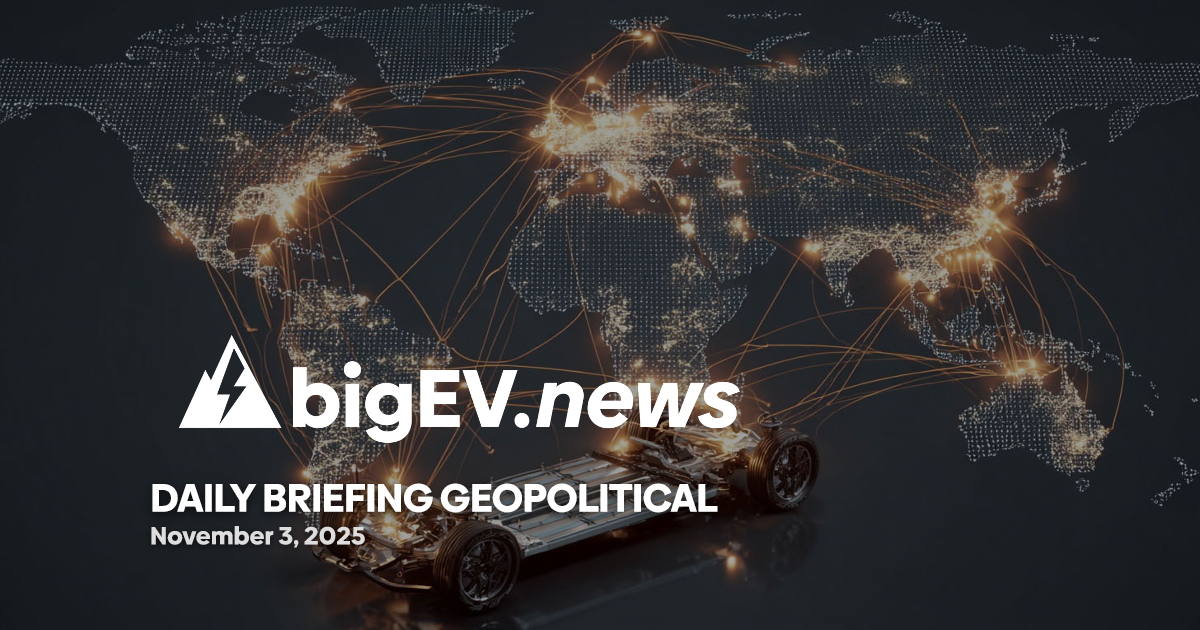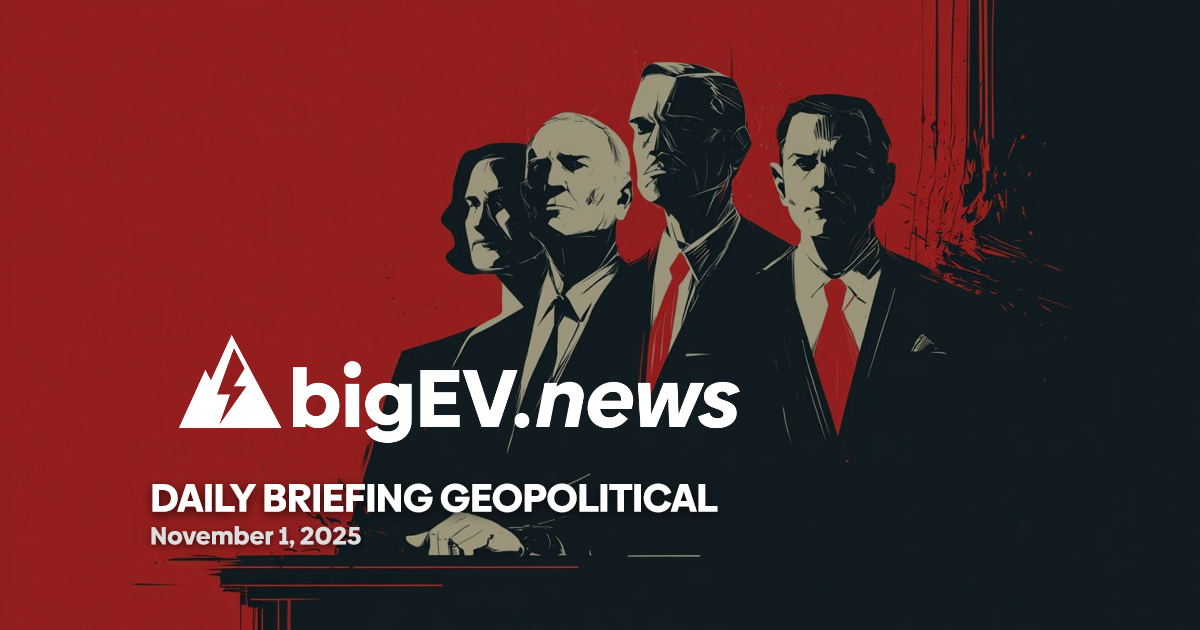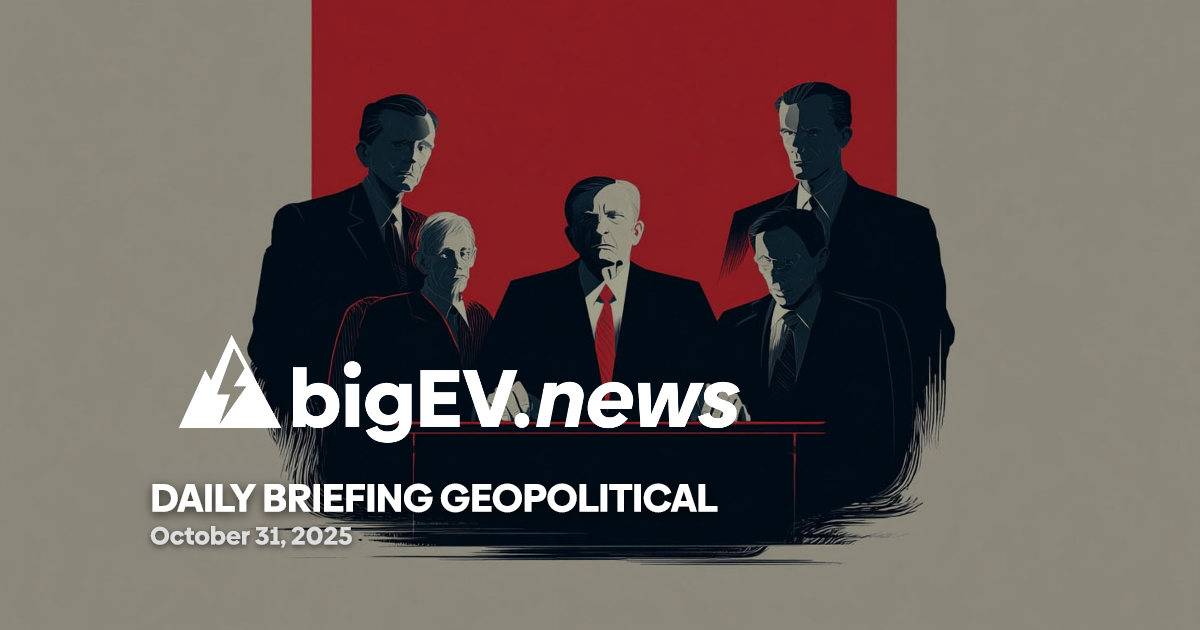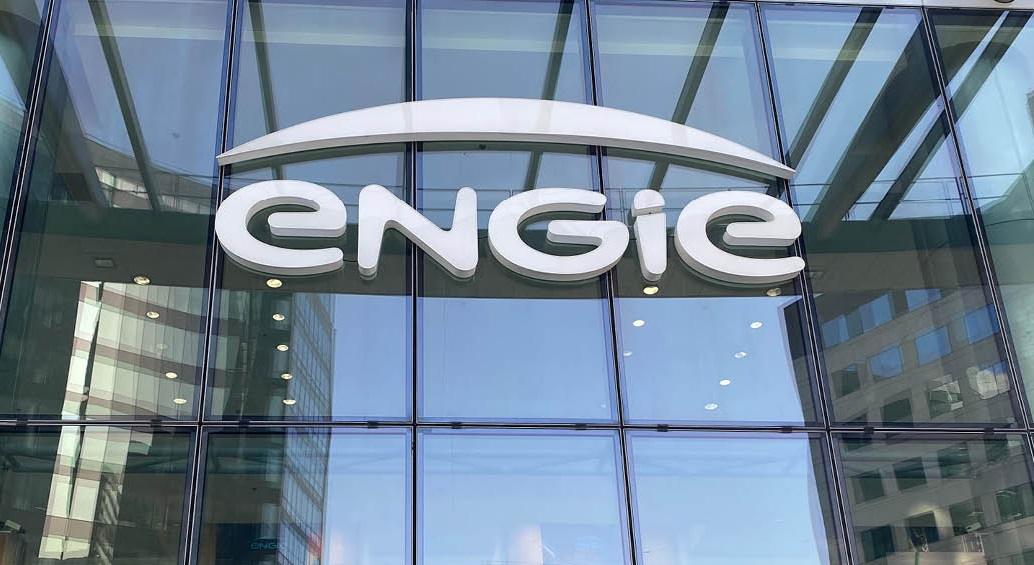Geopolitical volatility and shifting alliances drive major risks for energy, supply chains, and cross-border investment as markets react to new shocks.
At a glance – The past 24 hours have seen a dramatic escalation in global geopolitical risk, with the Russia-Ukraine conflict persisting and continuing to reorganize global structures and relationships. The rise of nationalism and protectionism, compounded by the lingering effects of the COVID-19 pandemic, has exposed vulnerabilities in global supply chains, particularly for critical sectors like energy, batteries, and transportation infrastructure. S&P Global highlights that the anti-globalization movement poses a threat to economic growth and international relations, while a renewed trend toward pragmatism and cooperation is emerging in response to recent shocks. The trajectory of the Russia-Ukraine war remains a key variable, affecting Russia’s ability to trade with NATO members and the availability of cheap Russian gas, with direct consequences for energy prices and supply chain stability worldwide.
Technology advance – In the technology sector, mega-cap companies have reported resilient earnings, driven by sustained investments in artificial intelligence and advanced manufacturing for batteries and motors. The Nasdaq Composite’s performance today was buoyed by announcements from leading firms such as Tesla and Siemens, which unveiled new battery management systems and high-efficiency electric motors designed for grid-scale energy storage and next-generation EVs. These launches are strategically timed to capitalize on incentives from the US Inflation Reduction Act and similar European programs, aiming to accelerate decarbonization and reduce reliance on volatile fossil fuel imports. The sector’s momentum is counterbalancing broader market concerns about inflation and policy unpredictability, as investors seek resilient growth amid geopolitical headwinds.
Partnerships – Cross-border alliances are being reshaped as companies and governments respond to new trade barriers and sanctions. On October 2, 2025, LG Energy Solution and Stellantis announced a joint venture to build a $4.2 billion battery manufacturing facility in Ontario, Canada, leveraging North American supply chains to mitigate risks from Asian export slowdowns and European protectionism. This partnership is emblematic of a broader trend, with firms seeking to localize production and diversify sourcing in response to rising tariffs and regulatory uncertainty. The move is expected to strengthen North American competitiveness in EV batteries and charging infrastructure, while reducing exposure to disruptions in Chinese and Russian supply chains.
Acquisitions/expansions – Major deals continue to reshape the competitive landscape, with Hitachi Energy acquiring Norway’s Zaptec for $1.1 billion to expand its portfolio in fast-charging infrastructure for electric vehicles. The acquisition, finalized today, positions Hitachi Energy as a leader in European charging networks, directly addressing the continent’s push for energy independence and electrification in the wake of Russian gas supply disruptions. This expansion is expected to accelerate deployment of high-capacity charging stations across Germany, France, and the Nordics, supporting the EU’s climate goals and bolstering resilience against future geopolitical shocks.
Regulatory/policy – Policy unpredictability remains a dominant theme, with the arrival of Donald Trump as the 47th US President introducing new volatility in trade, tariffs, and regulatory frameworks. The US government’s hypothetical shutdown on October 1, 2025, has added immediate uncertainty, with agencies suspending approvals for cross-border investments and delaying key infrastructure projects. Italy’s main business lobby, Confindustria, cut its GDP forecasts today, citing the impact of new US tariffs and escalating geopolitical tensions. The effective US tariff rate now exceeds 15%, driving up consumer prices and contributing to stagflationary pressures, while the Eurozone’s inflation remains closer to target, allowing the ECB to pause its rate-cutting cycle. These divergent policy responses are actively shaping investor confidence and market volatility across energy, transportation, and clean tech sectors.
Finance/business – Financial markets have responded with mixed performance, reflecting the complex interplay of cautious optimism and persistent inflationary pressures. The S&P 500 and Dow Jones Industrial Average saw divergent moves, as investors weighed resilient corporate earnings against the risks of policy unpredictability and regional conflicts. The ongoing Russia-Ukraine and Israel-Hamas conflicts continue to impact global energy and food security, with commodity prices remaining elevated. Market participants are closely monitoring central bank actions, trade flows, and cross-border investment trends, as the global economy navigates a period of below-trend growth and heightened geopolitical risk. The day’s trading underscores the need for resilience and adaptability in the face of rapidly evolving market and policy landscapes.
Sources: S&P Global, MarketMinute, Atalayar, Reuters, Nasdaq, Confindustria









